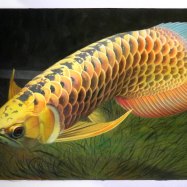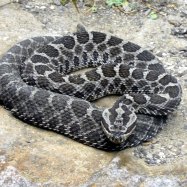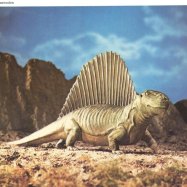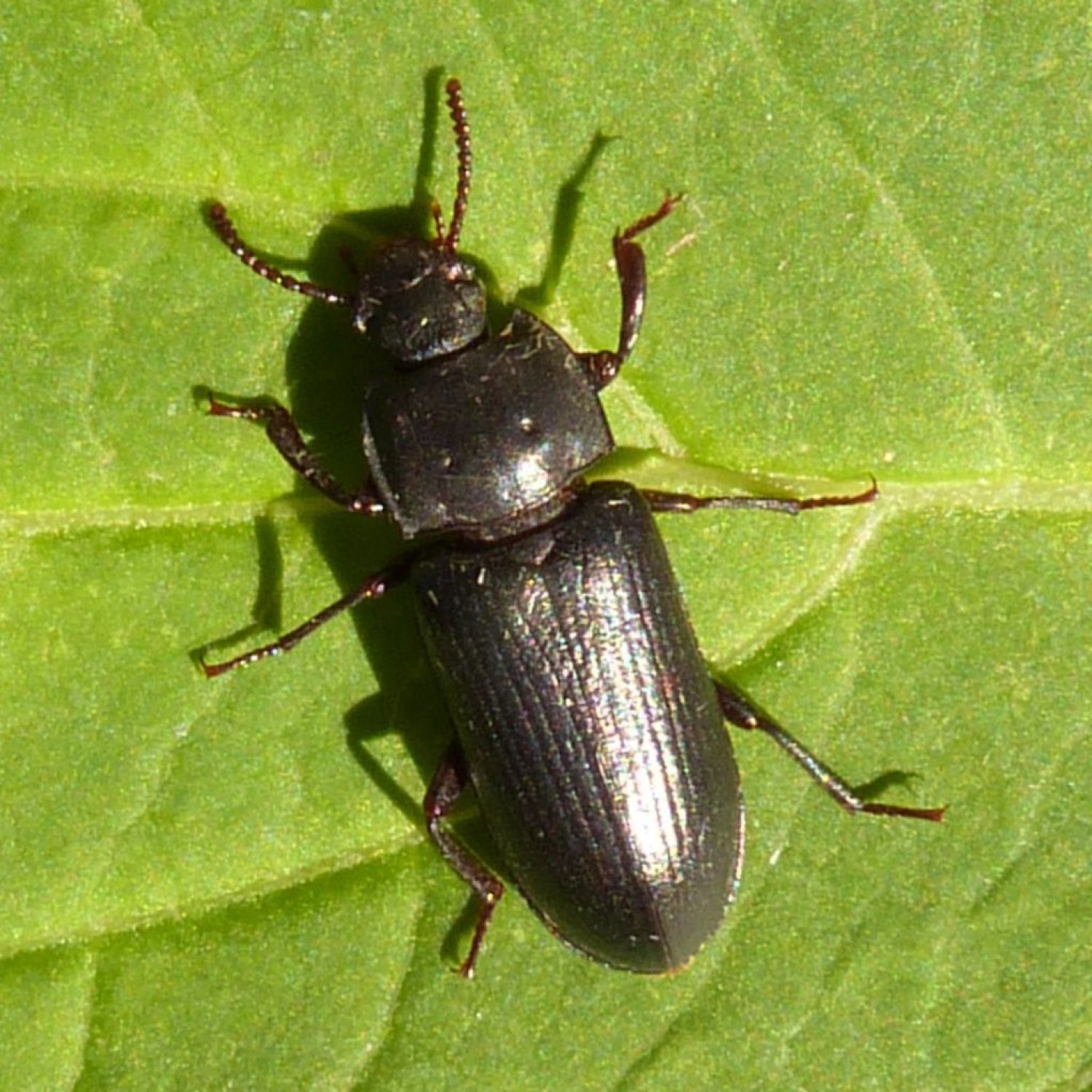
Mealworm Beetle
Adult mealworm beetles are about 1 to 1.5 cm in length.
The mealworm beetle, part of the Tenebrionidae family, has an elongated body shape and can be found in Europe, North America, Asia, and Africa. They range from 1 to 1.5 cm in length and are popular as feed for animals like birds and lizards. These beetles play a crucial role in decomposition and are easy to find in pet stores for feeding your reptile or birds. #MealwormBeetle #Tenebrionidae #AnimalFacts
Animal Details Summary:
Common Name: Mealworm Beetle
Kingdom: Animalia
Habitat: Mealworm beetles are found in a variety of habitats including stored grain, flour mills, poultry houses, and other areas where grain or meal is found. They are also commonly found in households as they are often used as feed for reptiles and birds.
The Fascinating World of Mealworm Beetles
One of the most interesting and widely known members of the beetle family is the mealworm beetle, scientifically known as Tenebrio molitor. This insect is commonly found in many households and is often used as feed for reptiles and birds. But there is much more to this little beetle than meets the eye. From its habitat to its feeding habits, the mealworm beetle has some fascinating features that make it stand out among other insects Mealworm Beetle.Let's dig deeper into the world of mealworm beetles and discover just what makes them such incredible creatures!
The Basics of a Mealworm Beetle
Before we dive into the intricate details of mealworm beetles, let's start with the basics. As mentioned, the scientific name of the mealworm beetle is Tenebrio molitor, and it belongs to the Animalia kingdom. It is a member of the Arthropoda phylum and the Insecta class. Within the Insecta class, it belongs to the order Coleoptera, the largest order in the animal kingdom, which includes all beetles.Mealworm beetles are classified within the Tenebrionidae family, which includes over 20,000 species worldwide. These beetles have an elongated, cylindrical body shape and can reach a length of about 1 to 1.5 cm when fully grown. They are dark brown to black in color, making them easily recognizable.
A Wide Range of Habitats
One of the most intriguing aspects of mealworm beetles is their habitat Miniature Pinscher. These beetles are found in a variety of habitats, including stored grain, flour mills, and poultry houses. They are also commonly found in homes, as they are often used as feed for reptiles and birds. Mealworm beetles are found in different parts of the world, including Europe, North America, Asia, and Africa.Originating from Europe, these beetles have been introduced to many other parts of the world. In fact, they are now considered an invasive species in many areas due to their ability to spread quickly and thrive in various habitats.
Feeding Habits of Mealworm Beetles
Mealworm beetles are detritivores, meaning they feed on decaying organic matter. This includes grain products, stored food, and plant material. This feeding method is essential for the ecosystem as it helps to decompose and recycle organic matter, playing a vital role in nutrient cycling.In addition to their role in the ecosystem, mealworm beetles are also used as feed for various animals, making them an important part of the food chain. They are high in protein and calcium, making them a nutritious meal for animals such as reptiles, birds, and even some mammals.
Adaptations for Survival
Being small and relatively defenseless, mealworm beetles have evolved some fascinating adaptations to survive in their various habitats. Some of these adaptations include their dark coloration, which helps them blend in with their surroundings, making them less visible to predators.Their cylindrical body shape makes them adept at burrowing and crawling into tight spaces, allowing them to escape danger. They also have a tough exoskeleton that offers protection against predators and harsh environments.
Mealworm beetles have also developed the ability to survive in a wide range of temperatures, making them resilient to changes in climate and able to thrive in different environments.
The Role of Mealworm Beetles in Research
Aside from their role in the ecosystem and as a food source, mealworm beetles have also caught the attention of researchers and scientists. These insects have been used in various studies, including research on the effects of microgravity on the body and behavior of insects.They have also been used in the field of biodegradation, as they are known to break down plastic, making them an important subject for research on plastic recycling.
The Impact on Agriculture
Although mealworm beetles have many positive roles in the ecosystem, they can also have a negative impact on agriculture. In large numbers, these beetles can cause damage to stored grain and other food products, leading to economic losses for farmers.They have also been known to spread diseases to crops and can become a nuisance in households when their populations grow out of control.
The Importance of Conservation
As with any other living organism, mealworm beetles play an essential role in the delicate balance of the ecosystem. Their feeding habits and ability to break down organic matter make them crucial to nutrient cycling and maintaining a healthy environment.Yet, some species of mealworm beetles are facing threats due to habitat destruction, pollution, and climate change. It is vital to understand the importance of these insects and take steps to conserve and protect their habitats to ensure their survival.
The Endless Wonders of Mealworm Beetles
From their adaptable nature to their role in the ecosystem and their significance in research, mealworm beetles are truly fascinating creatures. The more we learn about them, the more we realize their importance and the impact they have on our world.Next time you come across a mealworm beetle in your home or out in nature, take a moment to appreciate its remarkable features and the essential role it plays in our ecosystem. These little creatures may seem insignificant, but they are a vital part of our world, making it all the more fascinating and beautiful.

Mealworm Beetle
Animal Details Mealworm Beetle - Scientific Name: Tenebrio molitor
- Category: Animals M
- Scientific Name: Tenebrio molitor
- Common Name: Mealworm Beetle
- Kingdom: Animalia
- Phylum: Arthropoda
- Class: Insecta
- Order: Coleoptera
- Family: Tenebrionidae
- Habitat: Mealworm beetles are found in a variety of habitats including stored grain, flour mills, poultry houses, and other areas where grain or meal is found. They are also commonly found in households as they are often used as feed for reptiles and birds.
- Feeding Method: Mealworm beetles are detritivores, meaning they feed on decaying organic matter. They primarily feed on grain products, stored food, and plant material.
- Geographical Distribution: Mealworm beetles are native to Europe but have been introduced to other parts of the world.
- Country of Origin: Europe
- Location: Mealworm beetles can be found in various parts of the world, including Europe, North America, Asia, and Africa.
- Animal Coloration: Mealworm beetles are dark brown to black in color.
- Body Shape: Mealworm beetles have an elongated, cylindrical body shape.
- Length: Adult mealworm beetles are about 1 to 1.5 cm in length.
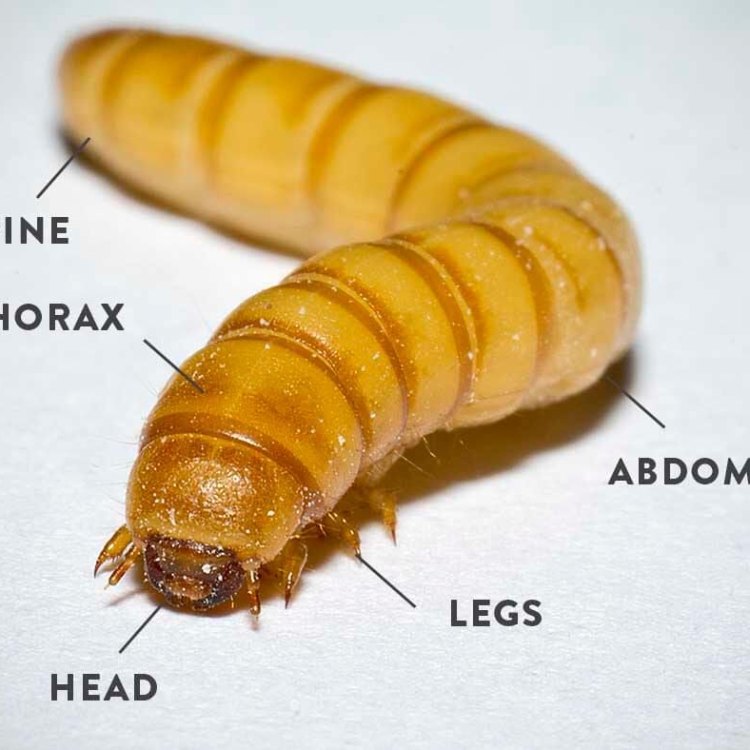
Mealworm Beetle
- Adult Size: The adult mealworm beetle has a length of about 1 to 1.5 cm.
- Average Lifespan: The average lifespan of a mealworm beetle is about 1 to 3 months.
- Reproduction: Mealworm beetles reproduce sexually.
- Reproductive Behavior: After mating, female mealworm beetles lay eggs, which hatch into larvae called mealworms.
- Sound or Call: Mealworm beetles do not produce any sounds or calls.
- Migration Pattern: Mealworm beetles do not have a migration pattern as they are not migratory insects.
- Social Groups: Mealworm beetles are not social insects and do not form social groups. They are solitary insects.
- Behavior: Mealworm beetles are nocturnal and are active primarily during the night. They are also attracted to light sources.
- Threats: Mealworm beetles are not considered to be a threat to humans or the ecosystem. However, they can be pests in stored grain and food establishments.
- Conservation Status: Mealworm beetles are not listed as a threatened or endangered species.
- Impact on Ecosystem: Mealworm beetles play a role in the decomposition of organic matter in their habitats.
- Human Use: Mealworm beetles are commonly used as feed for other animals, such as reptiles, birds, and fish. They are also used in scientific research.
- Distinctive Features: The distinctive features of mealworm beetles include their dark brown to black coloration, elongated body shape, and the presence of prominent ridges on their exoskeleton.
- Interesting Facts: 1. Mealworm beetles are not actually worms, but beetles in the larval stage. 2. Mealworm beetles can survive in freezing temperatures by producing antifreeze proteins. 3. Mealworm beetles have been studied for their ability to break down polystyrene, a type of plastic. 4. Mealworms are a popular source of protein in some cultures.
- Predator: Predators of mealworm beetles include birds, reptiles, and other insect-eating animals.
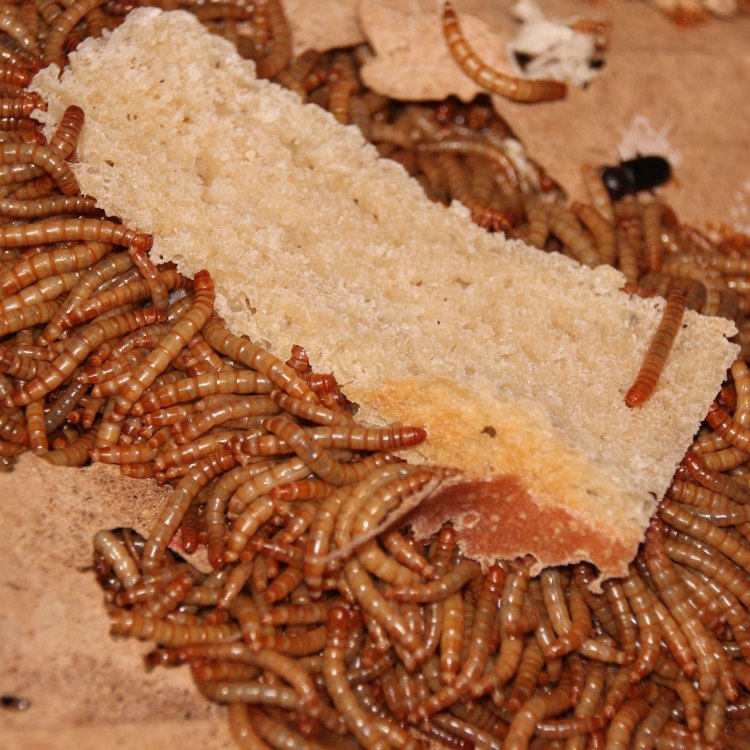
Tenebrio molitor
The Fascinating World of Mealworm Beetles
The world of insects is vast and diverse, with thousands of unique and fascinating species. Among these is the mealworm beetle, also known as Tenebrio molitor, a small but lively beetle that can often be found in our homes, barns, and gardens.While it may seem like an unremarkable insect, the mealworm beetle has several fascinating features and characteristics worth exploring. From its reproductive behavior to its impact on the ecosystem, there is much to learn about this tiny beetle PeaceOfAnimals.Com. So, let's delve deeper into the fascinating world of mealworm beetles.
Adult Size and Average Lifespan
The adult mealworm beetle is relatively small, with a length of about 1 to 1.5 cm. It has a dark brown to black coloration, giving it a sleek and shiny appearance. This small size allows them to easily hide in crevices and cracks, making them difficult to spot.The average lifespan of a mealworm beetle is about 1 to 3 months. This short lifespan is due to their role in the ecosystem and the fact that they are often used as feed for other animals, as we will explore in more detail later on.
Reproduction and Reproductive Behavior
Like most insects, mealworm beetles reproduce sexually. After reaching adulthood, they will mate and produce fertilized eggs Megalochelys. Interestingly, female mealworm beetles are capable of laying hundreds of eggs in their lifetime.But what makes the reproductive behavior of mealworm beetles truly unique is the fact that they lay their eggs in a particular way. After mating, a female beetle will lay eggs, either individually or in small clusters, on a suitable substrate, such as soil or decaying organic matter. These eggs will then hatch into larvae, called mealworms, within 4-19 days.
No Sound or Calls
One of the most interesting features of mealworm beetles is that they do not produce any sounds or calls. Unlike other insects that use sound to communicate or attract mates, mealworm beetles are silent creatures. This makes them even more elusive and difficult to detect.No Migration Pattern or Social Groups
Mealworm beetles are solitary insects and do not form social groups. This means that they live alone and do not have any interactions with other beetles besides mating. They also do not have a specific migration pattern, as they are not migratory insects.Behavior and Attraction to Light
Mealworm beetles are nocturnal creatures, meaning that they are primarily active during the night. You may have noticed them scurrying around your kitchen or basement when the lights are off. This nocturnal behavior helps them avoid predators and conserve energy.Additionally, mealworm beetles are attracted to light sources. This behavior is known as phototaxis, where an insect is attracted to a source of light. This can be helpful for scientists who use light traps to capture and study these insects.
Threats and Conservation Status
Mealworm beetles are not considered to be a threat to humans or the ecosystem. They do not cause any harm to people, and they do not transmit any diseases. However, they can be considered pests in stored grain and food establishments, as they can infest and contaminate these items. This is why proper storage and maintenance are essential to prevent an infestation.On the other hand, mealworm beetles are not listed as a threatened or endangered species. They are quite common and adaptable to various environments, with a stable population in the wild. This is due to their ability to thrive in different habitats and their role in the ecosystem, as we will discuss next.
Impact on Ecosystem
As with most insects, mealworm beetles play a vital role in the ecosystem. They are considered decomposers, meaning that they aid in the breakdown of organic matter. This is important for nutrient cycling and maintaining a healthy environment.Mealworm beetles also have a unique ability to break down polystyrene, a type of plastic commonly used for packaging and insulation. This discovery has sparked interest among researchers, as it could potentially help with reducing plastic waste and pollution.
Human Use and Distinctive Features
Mealworm beetles have been used by humans for various purposes throughout history. They are commonly used as feed for other animals, such as reptiles, birds, and fish, due to their high protein content. They are also a popular source of protein in some cultures and have been consumed by humans for centuries.But what makes mealworm beetles stand out from other insects? Their distinctive features, of course. Apart from their small size and dark coloration, mealworm beetles have an elongated body shape and the presence of prominent ridges on their exoskeleton. These features make them easily identifiable and distinguish them from other beetles.
Interesting Facts
1. Contrary to their name, mealworm beetles are not actually worms but are actually beetles in their larval stage.2. Mealworm beetles have a unique survival mechanism in freezing temperatures. They produce antifreeze proteins to protect themselves, allowing them to survive in temperatures as low as -15 degrees Celsius.
3. Mealworms have been studied for their potential to break down polystyrene, which cannot be decomposed by most organisms.
4. In some cultures, mealworms are considered a delicacy and are eaten as a snack or added to dishes as a source of protein.
Predators
Similar to many other insects, mealworm beetles also have predators in the wild. These predators include birds, reptiles, and other insect-eating animals. This is one of the reasons why mealworm beetles have evolved to be nocturnal and have a speedy reproduction cycle to maintain their population.In Conclusion
The world of mealworm beetles may seem small and unassuming, but it is full of fascinating features and behaviors that make it worth exploring. From their unique reproductive behavior to their impact on the ecosystem and their use in human consumption, there is much to learn about these tiny yet resilient insects. So the next time you come across a mealworm beetle scurrying around your home, take a moment to appreciate the wonders of nature's smallest creatures.
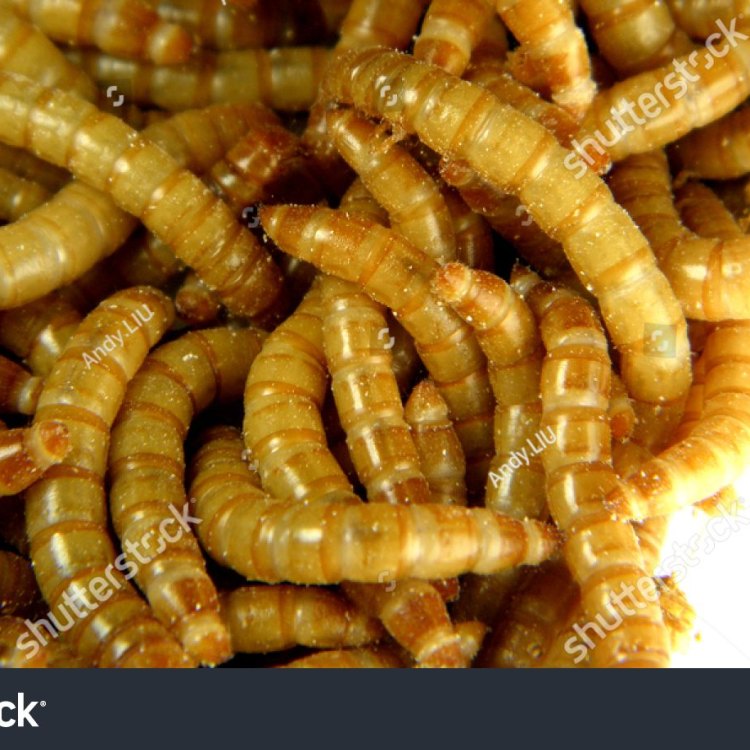
The Fascinating World of Mealworm Beetles
Disclaimer: The content provided is for informational purposes only. We cannot guarantee the accuracy of the information on this page 100%. All information provided here may change without prior notice.

